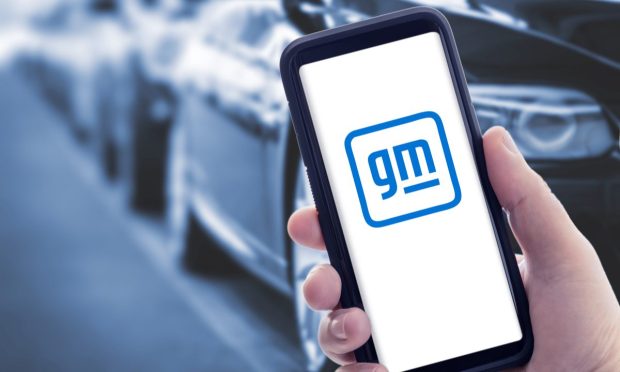Subscriptions to Connected Services in Vehicles May Add Up to $135 a Month

By adding its new software platform, 5G connectivity and larger screens to upcoming vehicles, General Motors (GM) aims to facilitate the delivery of software services for which consumers may pay up to $135 a month.
These new technologies will build upon the company’s existing ones, such as OnStar and the Super Cruise hands-free driver-assistance system, which are already receiving over-the-air updates and helping GM determine how and why customers choose to buy subscription-based connected services for their cars.
Read more: General Motors Says Over 25% of 2030 Revenue Will Come From Software and New Business
“You can think of businesses like OnStar — we have a multitude of other ones like that that we’re bringing to market that from a point of view of a life cycle purchase opens up a whole other stream of revenue and growth for us,” Steve Carlisle, executive vice president and president, North America at GM, said Feb. 24 during Citi’s 2022 Global Industrial Tech and Mobility Conference.
Outlining Use Cases for Connectivity in Vehicles
During the presentation, Carlisle said that GM research has found that consumers are willing to pay $135 a month for connected services during the lifetime of the vehicle. He added that the company expects to roll out 50 value-added products and services over the next 36 to 48 months.
Carlisle outlined several examples of the sorts of services GM may offer.
Software updates are one. Carlisle noted that GM already delivers over-the-air updates for OnStar and Super Cruise so that owners can update the software throughout the time they own the vehicle, adding capabilities that weren’t available at the time the vehicle was built.
“If we’re updating a feature like Super Cruise, we can do that over the air on a pay-for basis, on a backcasting type of scenario,” Carlisle said.
Infotainment is another possible connected service. Carlisle noted that GM has been putting 38-inch and 36-inch displays into some of its vehicles. With these, customers may be able to add skins on the screen like they do with a phone, change the colors or choreography of the lighting inside the vehicle and add new forms of navigation.
“That allows us to bring a lot of software-oriented products to the driver and to the passenger,” Carlisle said.
Making it Easier to Maintain Vehicles
Vehicle maintenance may be the focus of other connected services. Because the software is tied into every vehicle subsystem, it can deliver “prognostics,” or spotting potential problems that can be fixed by the dealer or by an over-the-air update before the problem gets worse.
“People like that a lot better than, you know, holding an air filter up to the light and seeing if it’s dirty or not,” Carlisle said.
Charging of electric vehicles is another problem that may be solved with connected services. Because the software is aware of the condition of the battery at all times, it can deliver that information to the owner through the car and through a mobile app.
“We’re building out that charging infrastructure so from a route planning point of view or journey planning point of view, that’s all there as well, and that’s critically important as part of the adoption process and eliminating all those barriers,” Carlisle said.
Gaining Experience Selling Subscription-Based Services
Adding connected services like these could add up to that $135 a month, Carlisle said. He noted that with OnStar, GM has experience selling software services. It has found that if the hardware is in the vehicle and a free trial period is offered, vehicle owners get used to having it and are then more likely to sign up for a paid subscription.
“We’ve seen that with OnStar, for instance,” Carlisle said. “We used to say back in the day that what you really want to do is get somebody to press that blue button just one time and then they’re a customer for life.”
The company has many opportunities to sell new services throughout the life of the vehicle, Carlisle said. For example, GM and its dealers can sell them when selling the new vehicle, when selling a used vehicle and each time the owner brings the car back to the dealer for maintenance.
In addition, if customers aren’t comfortable doing over-the-air software updates themselves, dealers could offer that service at their own facility or at the customer’s location.
“We have with all of these services the opportunity to sell during the life cycle so your car can only get better as you own it, which is kind of a newer paradigm,” Carlisle said.
